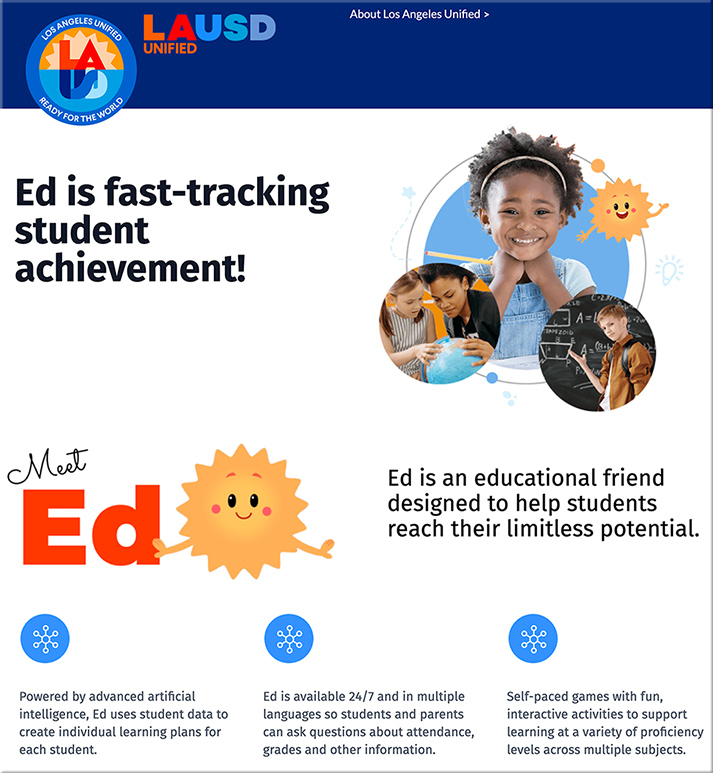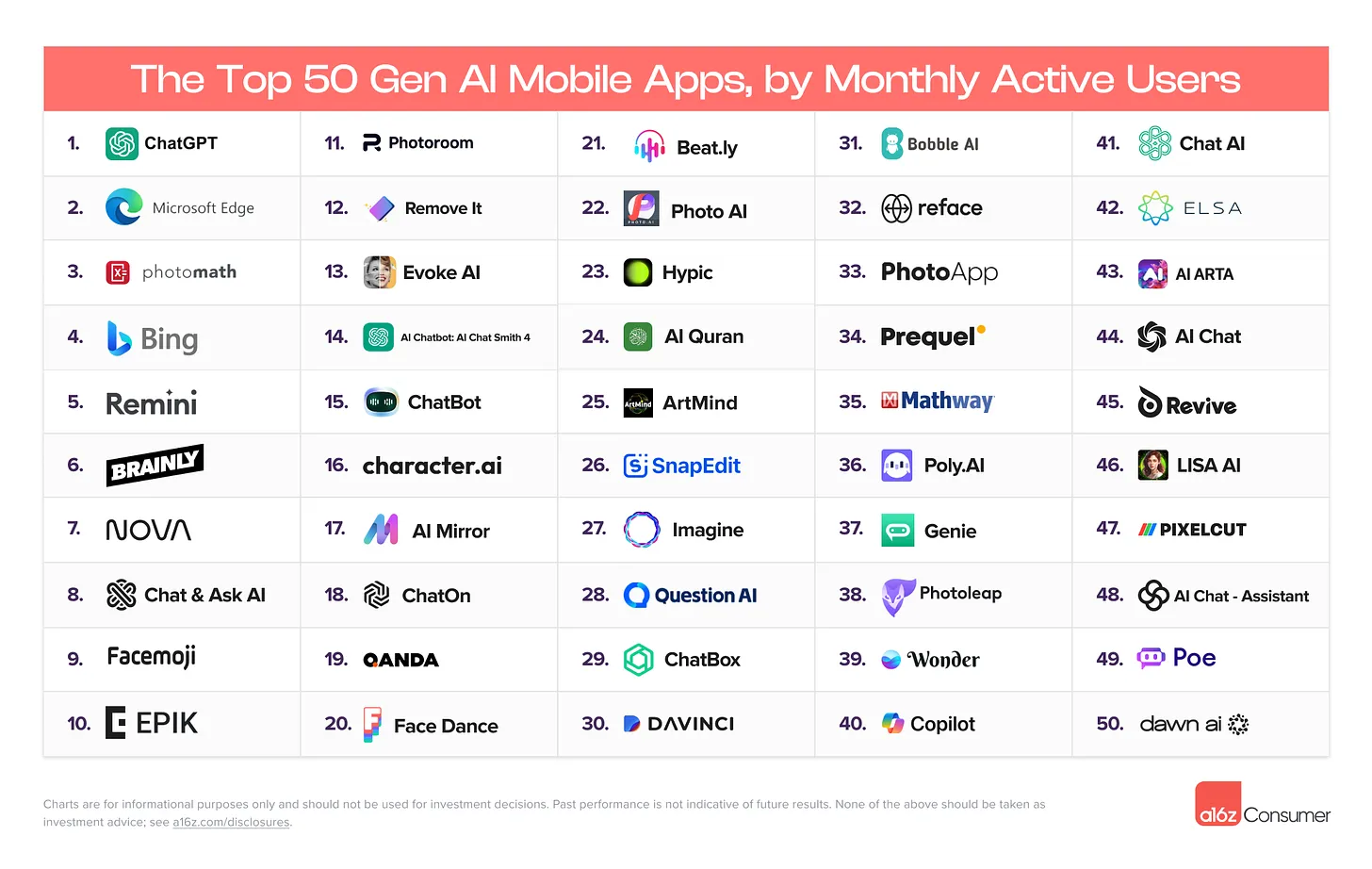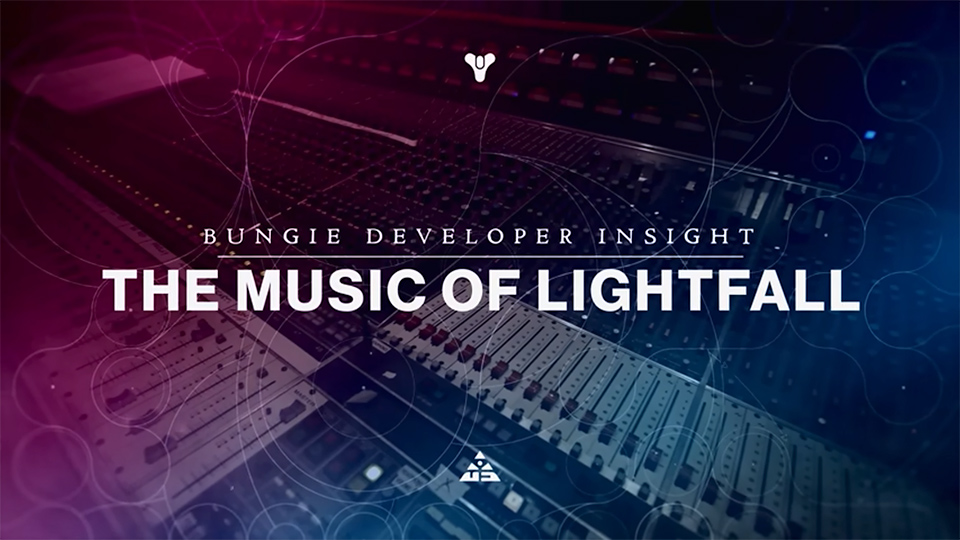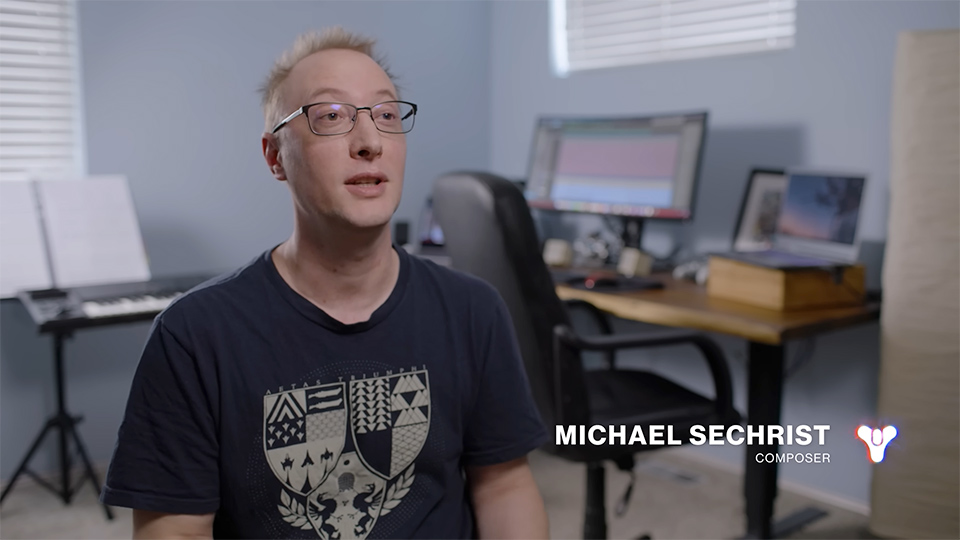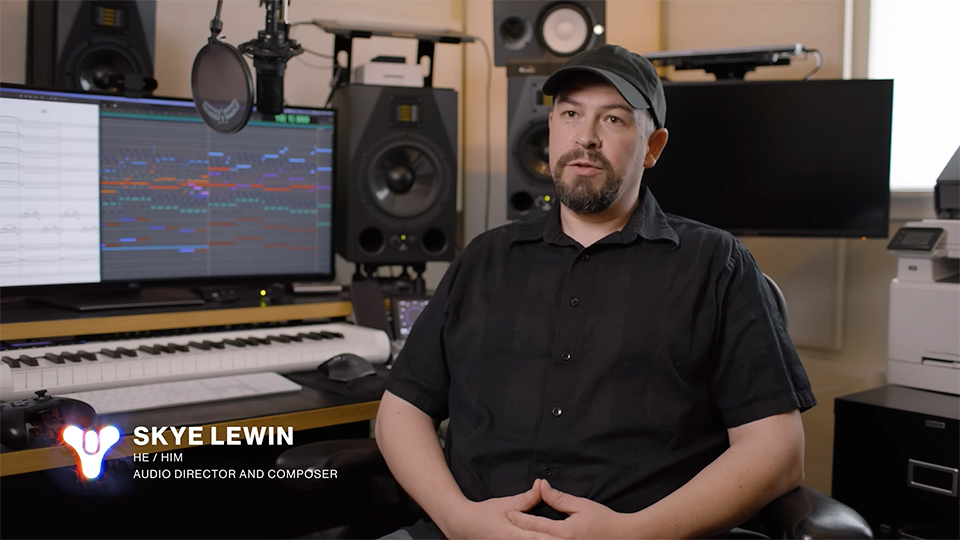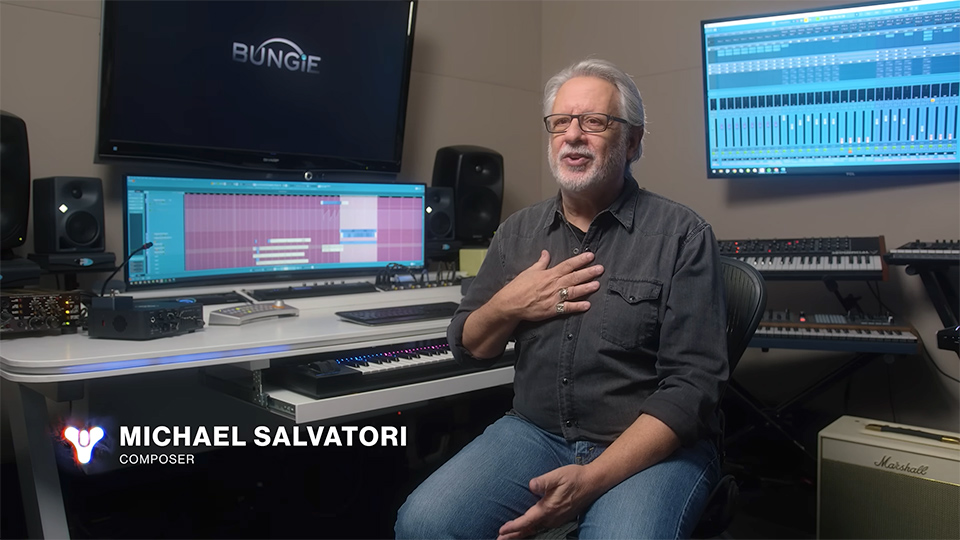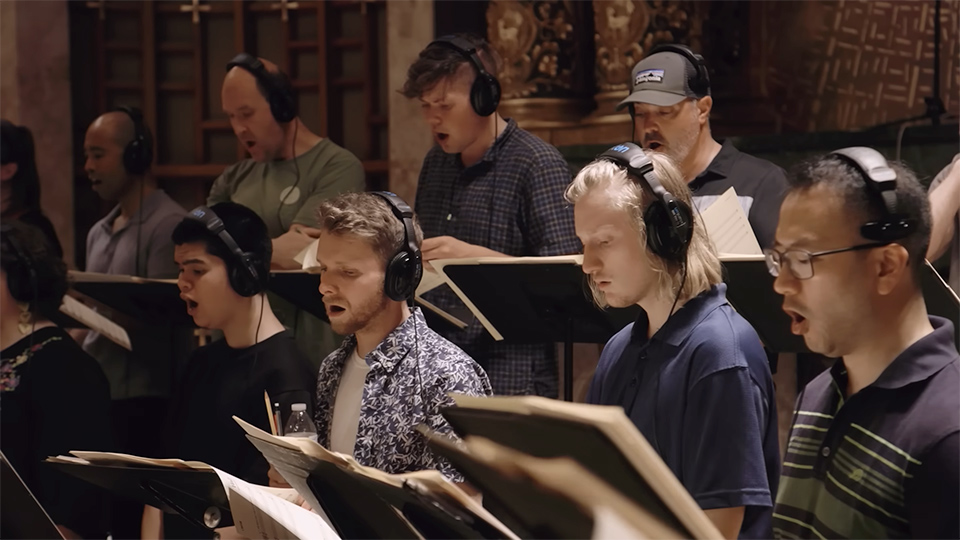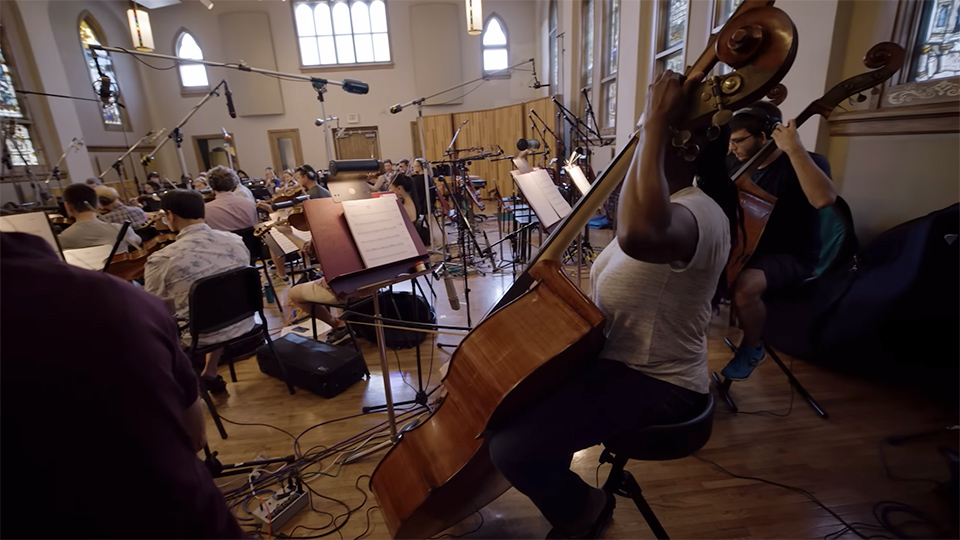One thing often happens at keynotes and conferences. It surprised me…. — from donaldclarkplanb.blogspot.com by Donald Clark
AI is welcomed by those with dyslexia, and other learning issues, helping to mitigate some of the challenges associated with reading, writing, and processing information. Those who want to ban AI want to destroy the very thing that has helped most on accessibility. Here are 10 ways dyslexics, and others with issues around text-based learning, can use AI to support their daily activities and learning.
-
- Text-to-Speech & Speech-to-Text Tools…
- Grammar and Spelling Assistants…
- Comprehension Tools…
- Visual and Multisensory Tools…
- …and more
Let’s Make a Movie Teaser With AI — from whytryai.com by Daniel Nest
How to use free generative AI tools to make a teaser trailer.
Here are the steps and the free tools we can use for each.
- Brainstorm ideas & flesh out the concept.
- Claude 3.5 Sonnet
- Google Gemini 1.5 Pro
- …or any other free LLM
- Create starting frames for each scene.
- FLUX.1 Pro
- Ideogram
- …or any other free text-to-image model
- Bring the images to life.
- Kling AI
- Luma Dream Machine
- Runway Gen-2
- Generate the soundtrack.
- Udio
- Suno
- Add sound effects.
- ElevenLabs Sound Effects
- ElevenLabs VideoToSoundEffects
- Meta Audiobox
- Put everything together.
- Microsoft Clipchamp
- DaVinci Resolve
- …or any other free video editing tool.
Here we go.
Is AI in Schools Promising or Overhyped? Potentially Both, New Reports Suggest — from the74million.org by Greg Toppo; via Claire Zau
One urges educators to prep for an artificial intelligence boom. The other warns that it could all go awry. Together, they offer a reality check.
Are U.S. public schools lagging behind other countries like Singapore and South Korea in preparing teachers and students for the boom of generative artificial intelligence? Or are our educators bumbling into AI half-blind, putting students’ learning at risk?
Or is it, perhaps, both?
Two new reports, coincidentally released on the same day last week, offer markedly different visions of the emerging field: One argues that schools need forward-thinking policies for equitable distribution of AI across urban, suburban and rural communities. The other suggests they need something more basic: a bracing primer on what AI is and isn’t, what it’s good for and how it can all go horribly wrong.
Bite-Size AI Content for Faculty and Staff — from aiedusimplified.substack.com by Lance Eaton
Another two 5-tips videos for faculty and my latest use case: creating FAQs!
I had an opportunity recently to do more of my 15-minute lightning talks. You can see my lightning talks from late winter in this post, or can see all of them on my YouTube channel. These two talks were focused on faculty in particular.
Also from Lance, see:
AI in Education: Leading a Paradigm Shift — from gettingsmart.com by Dr. Tyler Thigpen
Despite possible drawbacks, an exciting wondering has been—What if AI was a tipping point helping us finally move away from a standardized, grade-locked, ranking-forced, batched-processing learning model based on the make believe idea of “the average man” to a learning model that meets every child where they are at and helps them grow from there?
I get that change is indescribably hard and there are risks. But the integration of AI in education isn’t a trend. It’s a paradigm shift that requires careful consideration, ongoing reflection, and a commitment to one’s core values. AI presents us with an opportunity—possibly an unprecedented one—to transform teaching and learning, making it more personalized, efficient, and impactful. How might we seize the opportunity boldly?
California and NVIDIA Partner to Bring AI to Schools, Workplaces — from govtech.com by Abby Sourwine
The latest step in Gov. Gavin Newsom’s plans to integrate AI into public operations across California is a partnership with NVIDIA intended to tailor college courses and professional development to industry needs.
California Gov. Gavin Newsom and tech company NVIDIA joined forces last week to bring generative AI (GenAI) to community colleges and public agencies across the state. The California Community Colleges Chancellor’s Office (CCCCO), NVIDIA and the governor all signed a memorandum of understanding (MOU) outlining how each partner can contribute to education and workforce development, with the goal of driving innovation across industries and boosting their economic growth.
Listen to anything on the go with the highest-quality voices — from elevenlabs.io; via The Neuron
The ElevenLabs Reader App narrates articles, PDFs, ePubs, newsletters, or any other text content. Simply choose a voice from our expansive library, upload your content, and listen on the go.
Per The Neuron
Some cool use cases:
- Judy Garland can teach you biology while walking to class.
- James Dean can narrate your steamy romance novel.
- Sir Laurence Olivier can read you today’s newsletter—just paste the web link and enjoy!
Why it’s important: ElevenLabs shared how major Youtubers are using its dubbing services to expand their content into new regions with voices that actually sound like them (thanks to ElevenLabs’ ability to clone voices).
Oh, and BTW, it’s estimated that up to 20% of the population may have dyslexia. So providing people an option to listen to (instead of read) content, in their own language, wherever they go online can only help increase engagement and communication.
How Generative AI Improves Parent Engagement in K–12 Schools — from edtechmagazine.com by Alexadner Slagg
With its ability to automate and personalize communication, generative artificial intelligence is the ideal technological fix for strengthening parent involvement in students’ education.
As generative AI tools populate the education marketplace, the technology’s ability to automate complex, labor-intensive tasks and efficiently personalize communication may finally offer overwhelmed teachers a way to effectively improve parent engagement.
…
These personalized engagement activities for students and their families can include local events, certification classes and recommendations for books and videos. “Family Feed might suggest courses, such as an Adobe certification,” explains Jackson. “We have over 14,000 courses that we have vetted and can recommend. And we have books and video recommendations for students as well.”
Including personalized student information and an engagement opportunity makes it much easier for parents to directly participate in their children’s education.
Will AI Shrink Disparities in Schools, or Widen Them? — edsurge.com by Daniel Mollenkamp
Experts predict new tools could boost teaching efficiency — or create an “underclass of students” taught largely through screens.
























